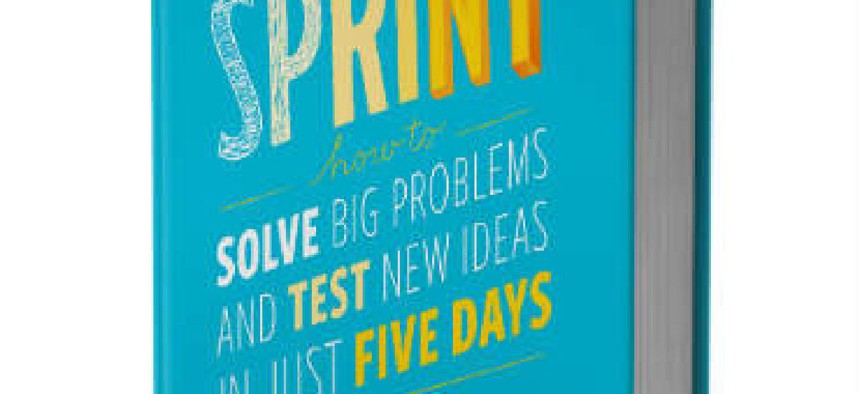Sprinting to solutions

A trio from Google Ventures shows what's possible when the agile mentality is applied to more than just code.

If a robot delivered towels to their rooms, would hotel guests freak out? Would they try to speak to the robot? How much personality is too much in a machine?
Those were the questions facing designers and engineers at Savioke as they put the finishing touches on Relay, a robot helper engineered for hotel delivery service. The company identified the problems, created a prototype with a touch screen and tested it with real people — and did it all in just five days.
The idea that tough problems can best be solved by devoting a five-day sprint to nothing but finding their solutions is at the crux of "Sprint: How to Solve Big Problems and Test New Ideas in Just Five Days" by Jake Knapp, who developed GV's sprint process, along with John Zeratsky and Braden Kowitz, who also work at GV.
It's a do-it-yourself guide to conducting sprints anywhere. And although the approach might seem better suited for lean startups than federal agencies bogged down with red tape and bureaucratic procedures, the General Services Administration is already doing similar things with customer journey interviews and its own startup, 18F.
Getting answers about the customer experience is a top priority for agencies, and the book's rapid-fire, collaborative process shines in that area.
"A sprint allows you to learn from the surface of a finished product — that's where your product or service meets customers," Knapp said.
The book explains how to identify the most pressing problems first, sketch competing solutions, turn the ideas into a testable hypothesis, create a prototype and test it with actual people. To illustrate his points, Knapp uses examples of various startups backed by Google Ventures. Projects include figuring out a strategy for introducing the messaging service Slack to non-technology-minded customers and helping a health firm deal with the complexity of getting cancer patients into clinical trials.
Comparing the sprint to "a perfectly orchestrated heist" like the one in the movie "Ocean's Eleven," Knapp said the organization's "decider" must be in the room. That person could be the CIO or a project manager as long as she or he has the authority to make decisions.
More broadly, the book makes a strong case for the value of a sprint rather than a marathon.


